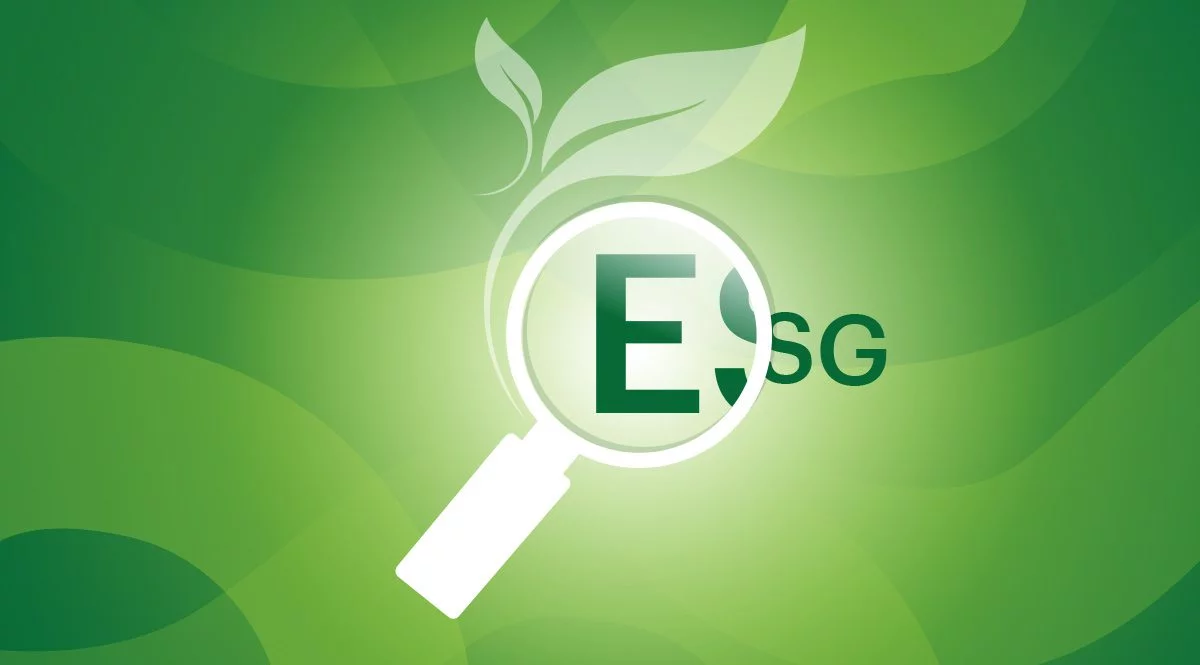ESG factors like climate change, carbon emissions, social unrest, and labor conditions have magnified the interconnectedness between sustainability and financial viability.
A company that pays attention to ESG issues tends to be a well-run business with an ethical culture, high employee satisfaction, and strong customer loyalty – which translates into better performance.
Indeed, sustainable funds on the whole outperform traditional funds with lower investment risks, a fact that has not gone unnoticed by investors. Some 85% of investors consider ESG factors in their investment decisions. Before committing funds, they want credible evidence that a company shares their values on environmental and social issues.
At the same time, regulators around the world are introducing a variety of rules to formalize what companies disclose about their impact on society and the environment – which can involve anything from greenhouse-gas emissions to plastic waste to diversity and social inclusion.
With these converging forces, staying silent is no longer an option. Take this opportunity to tell your ESG story with the factors most important to your brand and your strategy. If you don’t provide meaningful, credible, and consistent information on ESG factors, someone else will fill in the blanks for you.
ESG Factors to Consider
The ESG factors you report on should include those most important to investors and other priority stakeholders. They also must align with your ESG strategy, corporate initiatives, and what others in your industry are reporting.
While there is no standardized list that every investor points to, common ESG factors include:
- Environmental – such as greenhouse-gas emissions, air and water pollution, deforestation, and energy efficiency
- Social – such as diversity and inclusion, corporate social responsibility, data protection and privacy, and labor standards
- Governance – such as board composition, management diversity, shareholder rights, executive compensation, and accounting transparency
Independent rating agencies like the CDP, MSCI, Bloomberg, and Dow Jones calculate ESG scores that investors can reference in their due diligence process. These organizations typically determine scores based on data culled from public sources, such as annual reports and sustainability reports. While some agencies do collect data from the companies themselves, others purposefully exclude such self-disclosures.
These scores lend a measure of objectivity that investors crave. However, the scores often fail to give important context around ESG metrics, performance, and goals. Providing a more detailed picture of your ESG activities can ensure that stakeholders get the full story – and on your terms.
Take Charge of Your Story
Dozens of ESG reporting frameworks are available to guide your process. Some of the most well-known are the Task Force on Climate-related Financial Disclosures (TCFD), the Sustainability Accounting Standards Board (SASB), and the Global Reporting Initiative (GRI). Each has its own focus and recommendations on what metrics to report and how to do it.
Using an established framework as the basis of your reporting efforts adds familiarity and credibility to investors comparing performance between companies. The large number of frameworks, however, means that nothing is standardized, and no single framework covers all ESG factors. Many companies end up choosing to partially adopt multiple frameworks to guide their disclosures in a way that suits them best. Once you make your selection, stick with it.
Lean on Technology
The process of tracking, measuring, and reporting on ESG factors may seem overwhelming. And yes, the amount of data can be substantial – especially for large companies. It’s also important to note that reporting on ESG factors is not a one-and-done exercise. It is an ongoing effort that requires constant attention and diligence.
Some of the information you’ll need may already exist in your organization, although it may take some persistence to find it. Once you’ve unlocked that data flow, the next step is to formulate a plan for filling in whatever is missing.
Technology is essential. ESG software automates time-consuming assessments, data collection, and analysis while adding consistency and accuracy to every step. You get real-time visibility into performance on critical ESG factors – like greenhouse-gas emissions – with the ability to track progress over time. And reports are always at the ready.
Integrated technology makes it easy to incorporate ESG factors in all areas of the business, share information, and collaborate on actions. Investing in the right technology also sends a signal to investors that you are committed to ESG for the long term.
Investors are not the only ones likely to notice your commitment. Your company might find it easier to attract top talent – and hang on to the talent you have. You also may see stronger customer loyalty and improved stock performance. And you will be less likely to be targeted by shareholder activists.
The ESG factors you choose to disclose publicly are more than just lines in a report – they are an important part of your corporate narrative. How will you tell your story?
For more on ESG reporting, download our e-book, Taking a Stand on ESG, and check out Riskonnect’s ESG software solution.




